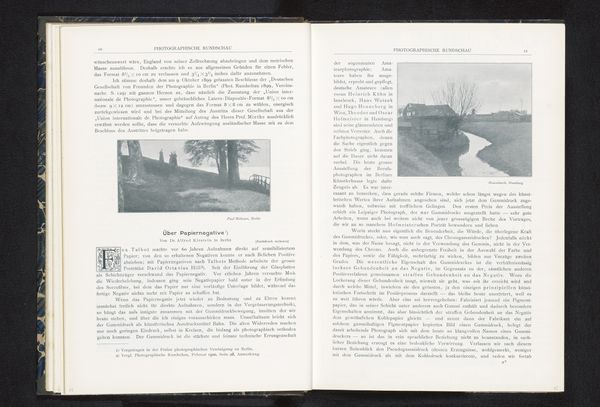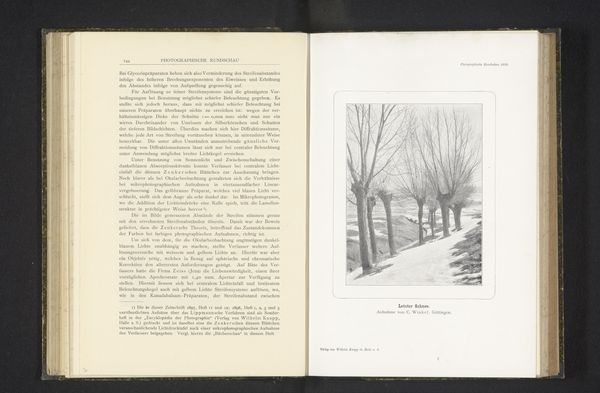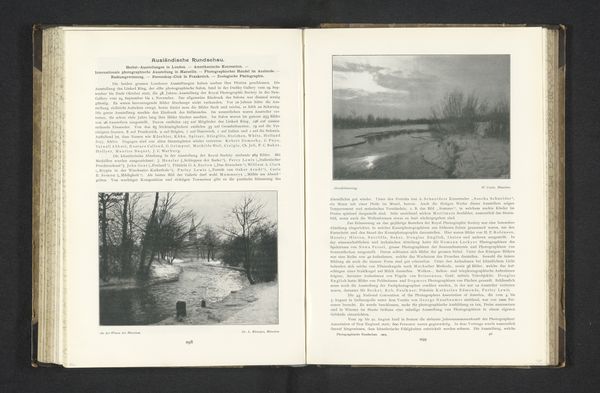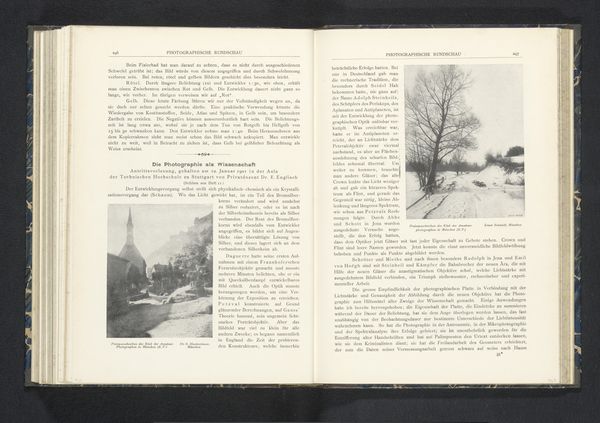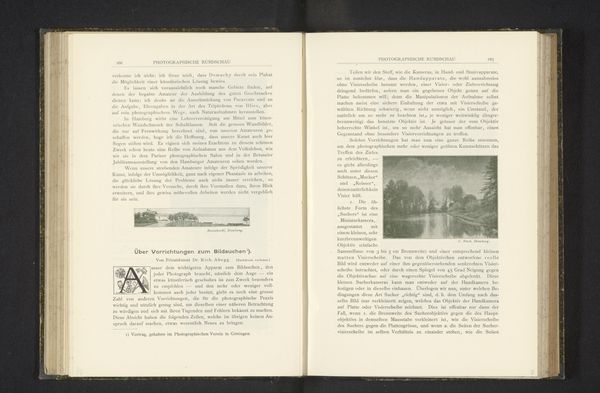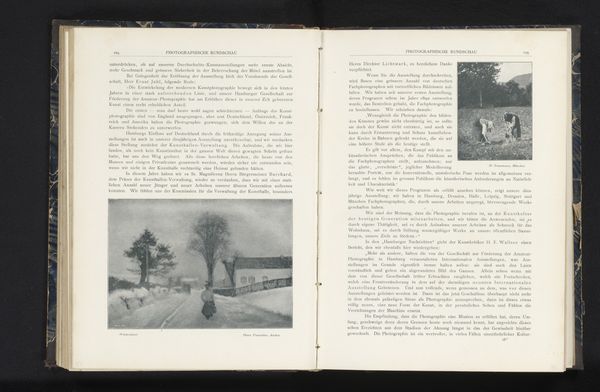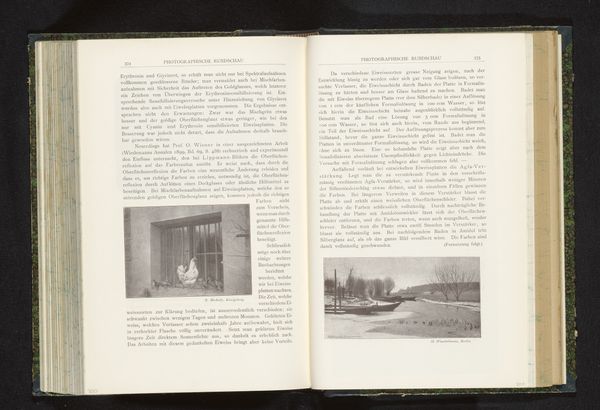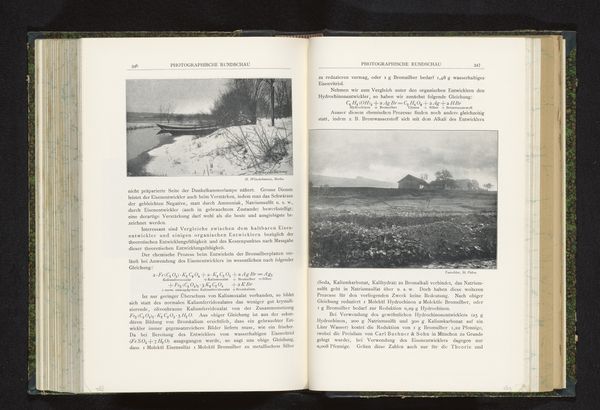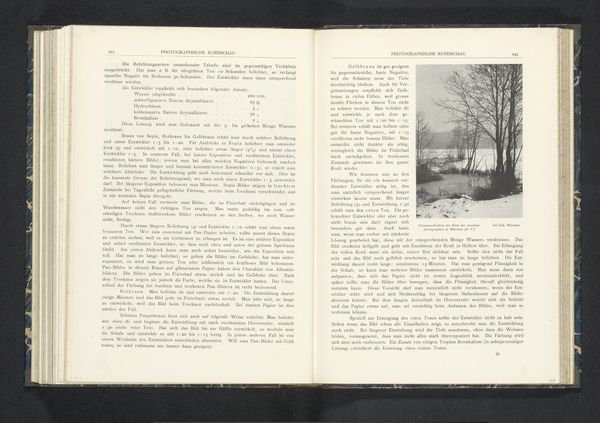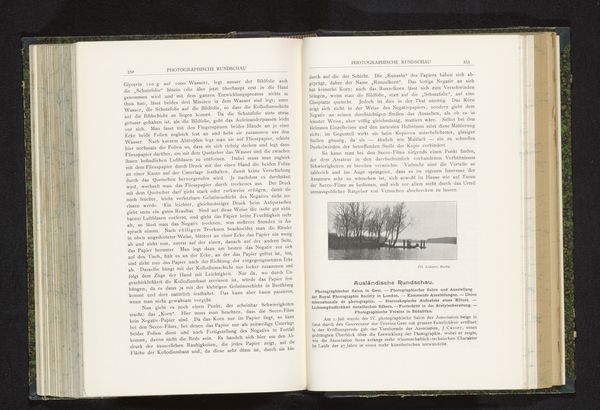
print, photography, collotype
# print
#
landscape
#
photography
#
collotype
Dimensions: height 93 mm, width 109 mm
Copyright: Rijks Museum: Open Domain
Curator: This photograph, titled "Gezicht op een winters landschap," was created before 1900 by A. Wande using a collotype print process. It offers a glimpse into a bygone winter landscape. What's your first impression? Editor: Bleak, beautiful, and barren all at once. There's a stark simplicity in the arrangement, a subdued yet stunning presentation that conveys the isolation inherent to this type of terrain during winter. It's also remarkable how sharp it is despite the early date of this type of photography. Curator: Absolutely. And to dig a little deeper, I’m wondering what narrative can we draw? Who would be out in such a desolate setting? Is this person a solitary figure pushing back against an increasingly connected industrialising world? Is this individual somehow forced to trek out in such challenging conditions? The scene isn't without its suggestion of class tensions and access to resources... Editor: That's a great point. Examining the production, what do we know about the printing method? Collotype is interesting. Unlike some other printmaking techniques, the process allows for almost photographic detail without needing to screen the image, but would have required careful labour, so you've got the meeting of precision technology and skilled craftsmanship. Curator: Precisely! We could draw comparisons to labor practices in other visual fields at the time. The photographer's class or political leanings, too, surely affected their decisions in producing an image that appears unmanipulated. What sociopolitical pressures acted on Wande as an artist? And whom did Wande think the audience for these prints would be? How did their understanding of identity inform how they framed this picture? Editor: Yes! Considering the intended market and consumer reveals some of the context you brought up earlier. This wasn't a snapshot intended for an intimate circle of loved ones. It speaks to wider trends in industrial capitalism, and commodity production—this was probably made for commercial and public purposes, which of course has ramifications. Curator: Thinking about audience reminds us of our modern context and vantage point, too. It requires an acknowledgement of present concerns as well as the layers of possible meanings woven into and impressed upon that scene and these now aging, historical materials. Editor: It’s those very textures and histories, how they are made and kept, that invite our ongoing critical reflection on our societies—and ourselves.
Comments
No comments
Be the first to comment and join the conversation on the ultimate creative platform.
